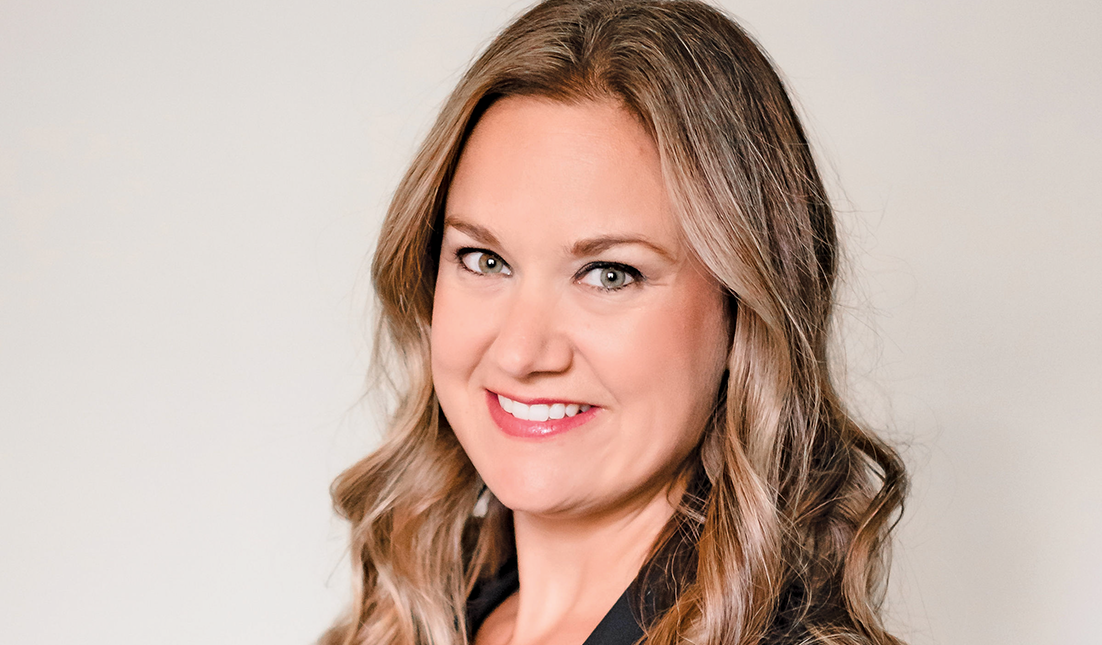Is Boating Nearing Its Inflection Point?
 By Terry Grapentine, Principal at Grapentine Company LLC — In a recent Sunday New York Times’ column (“The Inflection Is Near?” March 8), Pulitzer prize winning author and journalist Thomas L. Friedman suggests that the U.S. economy has finally reached an inflection point in its ability to sustain growth. We have reached a point where we can no longer support the growth that our economy has experienced over the past 50 years at the expense of increased environmental waste, insufficient financial market oversight, and indiscriminate credit lending. “We simply can’t do it anymore,” Friedman says.
By Terry Grapentine, Principal at Grapentine Company LLC — In a recent Sunday New York Times’ column (“The Inflection Is Near?” March 8), Pulitzer prize winning author and journalist Thomas L. Friedman suggests that the U.S. economy has finally reached an inflection point in its ability to sustain growth. We have reached a point where we can no longer support the growth that our economy has experienced over the past 50 years at the expense of increased environmental waste, insufficient financial market oversight, and indiscriminate credit lending. “We simply can’t do it anymore,” Friedman says.
The boating industry may also be nearing a similar inflection point. Certainly new boat sales have suffered over the past several years, and the current economic recession is inflating the problem. However, there are other, more troubling, undercurrents in the boating industry that will dramatically influence the future prosperity of this industry.
Will the industry be like flotsam, carried by currents that it neither understands nor controls, or will it proactively manage these economic, technological, social, cultural, and environmental forces to the best advantage?
Consider the following: In the United States, Caucasians currently constitute the vast majority of boat buyers, but they will decline to 50 percent of the population by 2042. In addition, our population is aging. The number of people under age 45 (prime boat buyers) is declining and the number of elderly people (65+) is increasing.
The proportion of people’s incomes that will go to funding government entitlements (e.g., health care and social security) will only increase, leaving less for recreation and boating. As reported by Robert Samuelson in Newsweek (March 16), federal taxes as a percentage of GDP will rise from a current level of 21 percent to 22.4 percent by 2016. What’s more, for years, the relative cost of owning and operating a boat has exceeded the consumer price index.
As another indicator, fishing participation is on the decline. For example, the U.S. Fish and Wildlife Service reported that in 2006, 30 million U.S. residents age 16 and older fished, compared to 43.1 million who fished in 2001, a decline of 12 percent.
The global marketplace is changing just as fast, according to Fareed Zakaria in his recent book, The Post-American World. We are in the process of going through the third of three tectonic shifts in history over the past 500 years. The first was the rise of the Western world beginning during the 16th century. The second was the industrial revolution at the close of the 19th century. We are now living through the third shift-the “rise of the rest.” As Zakaria says, “Over the last two decades, about two billion people have entered the world of markets and trade. As a result, between 1990 and 2007, the global economy grew from $22.8 trillion to $53.3 trillion, and global trade increased 133 percent. The so-called emerging markets have accounted for over half of this global growth” (emphasis mine).
Perhaps this growth outside the U.S. will be the savior of the boating industry.
Consider the picture that Zakaria paints of “the rise of the rest.” The tallest building in the world is no longer in the United States. It is in Taipei, and soon one being built in Dubai will overtake it. The percentage of people living on a dollar a day or less fell from 40 percent in 1981 to 18 percent in 2005 and will decline to 12 percent by 2015. Once we emerge from the current recession, the economic engines of China, India, Brazil, Russia, Indonesia, Turkey, Kenya, and South Africa will shift into high gear and transport an ever-increasing number of the poor into productive, wealth creating economies.
Here’s the problem: No one in the boating industry is systematically identifying, measuring, and analyzing how all these forces-political, economic, demographic, psychographic, environmental, and technological-are likely to interact and ultimately affect how people will chose to recreate in the future.
Call to Action
I recommend that the major global boat and engine manufacturers create a nonprofit organization to study these issues. This organization would conduct the kind of strategic and global marketing research that manufacturers must have in order to survive and prosper in the 21st century. My proposal is not unprecedented. The life insurance industry supports LIMRA (Life Insurance Marketing Research Association), for this very purpose.
To understand better how the boating industry is likely to change over the next decade, the new organization might explore the following issues:
(1) Determine which global markets are the most likely to experience the greatest growth for boating and for which kinds of boats/engines.
(2) Discover how global/domestic demographics and leisure trends impinge on the demand for boating vs. competing recreational pursuits.
(3) Identify boating consumer market segments, their current and projected sizes, and how boats/engines can better fulfill their needs and desires.
Using LIMRA’s governance and conflict-of-interest model, the new boating organization could also serve as each manufacturer’s in-house marketing research department. Such a jointly owned resource by manufacturers would significantly reduce the costs any single manufacturer would have to bear in order to fund its own consumer insights department.
The challenges confronting the boating industry are so large, global, and strategic, that the boating industry needs to create a separate LIMRA-type organization to undertake these efforts.
Some may argue that now is not the time. The boating industry can only handle one major challenge at a time. We do A or B; we cannot do A and B, especially in these economic times.
True visionary companies and industries are not tyrannized by OR; they embrace the AND, says Jim Collins and Jerry I. Porras, authors of Built to Last. Collins and Porras give several examples of companies that embraced the AND during difficult times.
Still affected by the layoffs following WWII, and faced with a potential investment equal to the company’s average annual after-tax profit for the previous five years, Boeing forged ahead to develop the first jet-propelled commercial aircraft, the 707. Douglas Aircraft (now McDonnell-Douglas) never caught up to Boeing. In 1934, Disney embarked on the first animated feature film at great financial risk. Called “Disney’s Folly,” by industry pundits, Disney propelled itself beyond Columbia Pictures, which could not embrace the AND of investing beyond B-movies. In the early 1960s, during the introduction of the 360 computer, IBM amassed nearly $600 million of work-in-process inventory and could barely meet its payroll. And the kicker: Introduction of the 360 threatened to make most of IBM’s existing product line obsolete.
Similarly, we can’t wait until the recession is over to take bold action. The boating industry needs to embrace the power of AND, and eschew the myopic OR. The industry surely needs to map a way forward out of the current economic calamity. But it also needs to lay the foundation to support lasting growth and prosperity for its manufacturers, distributors, and dealers in the face of the slow but sure tectonic shifts that are shaping and will continue to shape the industry and define the requirements for business success well into the 21st century.
The cost of conducting such global research is too expensive for any single manufacturer to undertake, especially in today’s economic environment. If the boating industry is to be the master of its destiny, it needs to be more proactive in controlling its future.




Certainly true about the state of the industry. And an interesting suggestion to have a LIMRA-type body established, although there are numerous boating organisations that perhaps should consider merging to best represent the industry as a whole.
What a superb summary of the challenge facing the industry! – “Will the industry be like flotsam, carried by currents that it neither understands nor controls, or will it proactively manage these economic, technological, social, cultural, and environmental forces to the best advantage?”
Whilst I agree that only growth outside the U.S. can be be the long term saviour of the boating industry, the question of whether that growth will be led by US companies is another matter.
My own belief is that American companies may well be able to “proactively manage” the quantifiable economic, technological, and possibly even the environmental forces to their best advantage, but will struggle and probably fail when it comes to the social and cultural forces.
The ongoing inability of many successful US organisations even to recognise, let alone understand, the significance of social cultural differences in today’s global marketplace is their major stumbling block.
As other similarly populous and economically powerful economies emerge to challenge America’s leadership position, the USA still retains First Mover advantage but if it is to continue to profit from it, it must learn to pay much more attention to the Voice of the Customer, and less to the Voice of America.